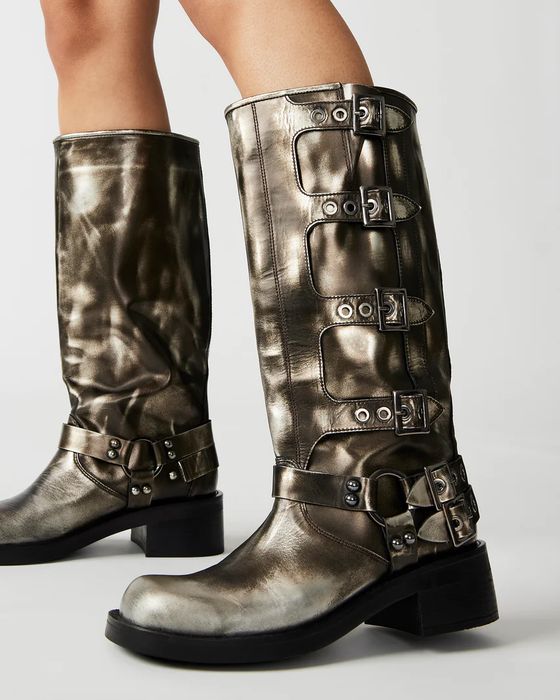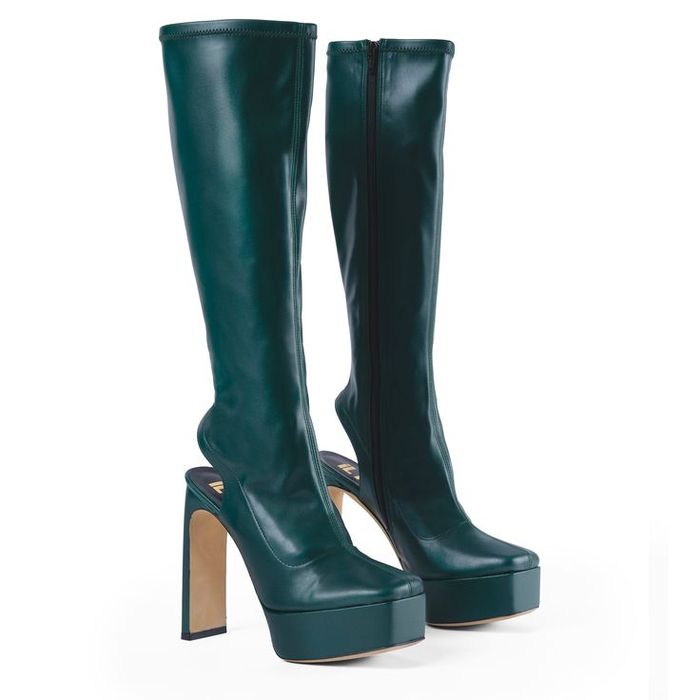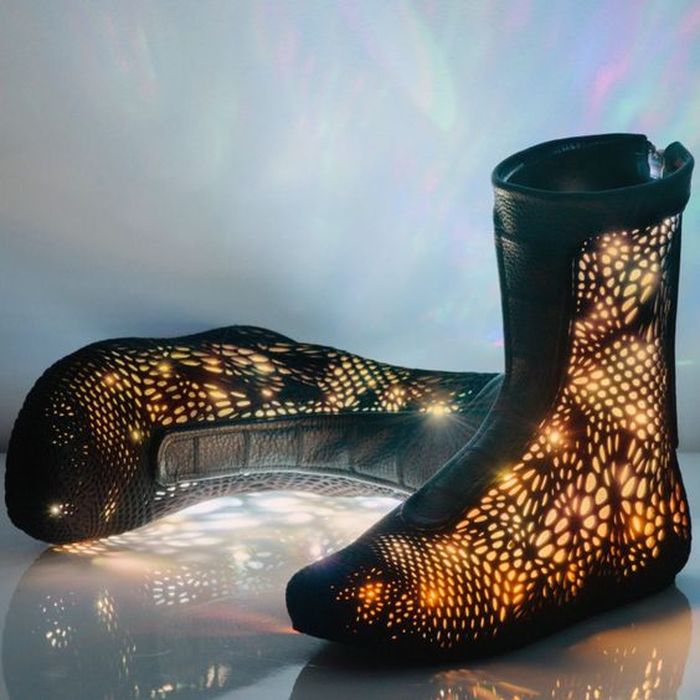
Charles R. Goulding and Preeti Sulibhavi explore how Steve Madden is leveraging cutting-edge 3D printing to adapt to potential tariff impacts and transform its manufacturing strategy.
Incoming President, Donald Trump, has proposed potential 60% tariffs on China imports, wasting no time, Steve Madden (Madden), the renowned shoe designer and manufacturer, announced a plan to reduce China imports by 50%. Currently, approximately 70% of Steve Madden’s imports come from China.
Although a change in sourcing to countries like Cambodia, Vietnam, Brazil, and Mexico is suggested, one intriguing approach could involve a shift toward more advanced 3D printing.
The Appeal of 3D Printing for Domestic Footwear Production by Madden
3D printing technology has evolved significantly, offering the potential for faster, more customized, and cost-efficient manufacturing in the U.S. By adopting this technology, Steve Madden can achieve several key benefits:
- Reduced reliance on overseas manufacturing: Minimizing tariff impacts and dependency on international shipping.
- Greater customization and design flexibility: 3D printing allows for rapid prototyping and production of personalized footwear models.
- Environmental sustainability: Using additive manufacturing reduces material waste, aligning with growing consumer demand for eco-friendly practices.

Steve Madden’s Current Use of 3D Printing
Steve Madden has been collaborating with HILOS, of Portland, Oregon, to provide consumers with on-demand footwear. Anticipation is high as Elias Stahl, HILOS Founder and CEO, said of the new partnership: “We couldn’t have a better long-term partner in Steve Madden. This is a brand with speed at its core, a brand that built itself with new ideas being prototyped every week. That read-and-react muscle is core to a more sustainable future—one with less inventory and waste.”
The broader footwear industry has seen substantial advances in adopting 3D printing for various stages of production, from prototyping to final products. Major brands like Under Armour, Adidas and Nike have integrated 3D printing in their supply chains, which could serve as a blueprint if Steve Madden moves in this direction.
Hilos recently entered into a US$5 million funding round to fuel product creation with former Nike CEO, Eric Sprunk and Nike’s retired VP of global footwear, Greg Bui.
Additionally, Steve Madden could benefit from collaborating with other 3D printing service providers that also specialize in footwear, or even partnering with domestic tech companies to develop proprietary printing processes tailored to their style requirements. This approach would enable Steve Madden to leverage cutting-edge technology while reducing the risk associated with a full-scale shift to 3D printing.
Top 3D Printing Machines for Footwear
- Formlabs Fuse 1 (SLS): This compact, high-performance SLS machine by Formlabs supports high-strength materials and offers excellent durability for soles and midsoles. It’s well-suited to smaller production runs and prototyping.
- Ultimaker S5 (FDM): For basic prototyping, this dual-extrusion FDM printer provides high accuracy and is a popular choice for rapid prototyping within companies that prioritize flexible material options.
- Stratasys J850 (PolyJet): Known for its high-resolution, multi-material capabilities, the Stratasys J850 enables high-quality finishes on complex, colorful designs, allowing for the creation of sample footwear and decorative parts that capture intricate style details.

The Research & Development Tax Credit
The now permanent Research and Development (R&D) Tax Credit is available for companies developing new or improved products, processes and/or software.
3D printing can help boost a company’s R&D Tax Credits. Wages for technical employees creating, testing and revising 3D printed prototypes are typically eligible expenses toward the R&D Tax Credit. Similarly, when used as a method of improving a process, time spent integrating 3D printing hardware and software can also be an eligible R&D expense. Lastly, when used for modeling and preproduction, the costs of filaments consumed during the development process may also be recovered.
Whether it is used for creating and testing prototypes or for final production, 3D printing is a great indicator that R&D Credit-eligible activities are taking place. Companies implementing this technology at any point should consider taking advantage of R&D Tax Credits.
Conclusion
As 3D printing technology continues to advance, Steve Madden and similar brands will likely find further opportunities to leverage this technology, adapting to both consumer demand and logistical challenges. While initial investments are substantial, the long-term benefits of flexibility, customization, and speed could position Steve Madden at the forefront of the footwear industry’s next phase. This would boost domestic production and reduce reliance on foreign suppliers, thereby avoiding any potential supply chain issues.
